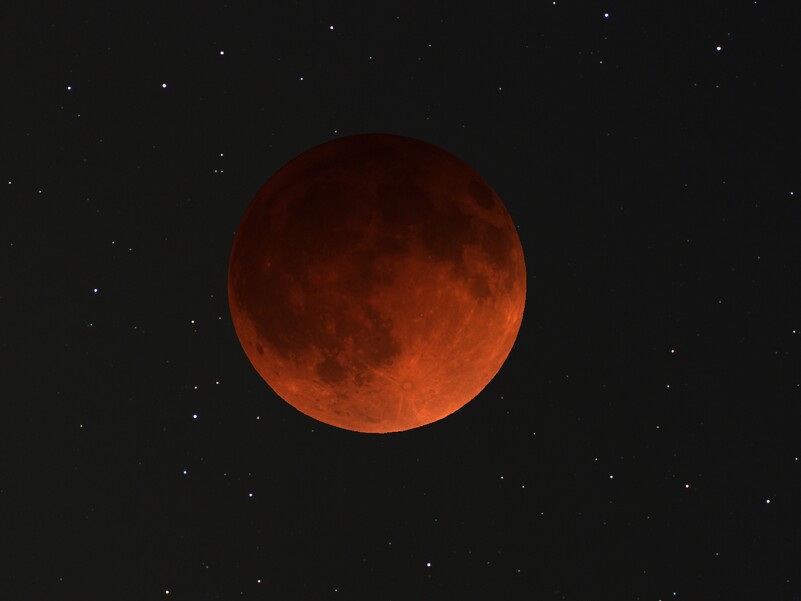
| " " |
|
| Facilities Research Publications Patents Astronomy Software SSC Observatories Contact Us | |
Lunar Eclipse April 15, 2014Below is the view from the SSC Observatory at the peak of the eclipse.  Below is a composite image made by combining an image of the background star field with eclipse frames taken throughout the eclipse. The result outlines Earth's shadow against the night sky.  The following animations was produced by combining about 5 and half hours of eclipse images taken on the night of April 14-15, 2014 from the SSC San Clemente observatory. Lunar Eclipse Animation From SSC's San Clemente Observatory Please contact SSC before using images for any purpose. |
|
|
|||